
A CKNOWLEDGMENTS
I have a very clear recollection of being fifteen years old and reading Francesc Eiximeniss Exemples e faules in my Catalan literature class while growing up in Barcelona. I did not like the book, but I did not forget it either. Back then I would never have imagined that many years later I would become a medievalist and write a book, in English, dealing with that same author. Later on, while working on my PhD in medieval history at the Universitat Autnoma de Barcelona, focusing on the Crown of Aragon, and carrying out research on Queen Maria de Luna, it was impossible to escape the shadow of her counselor, Francesc Eiximenis, and his texts. Nevertheless, I did not conceive of this project until years later, and a continent away, when I was teaching in the history and literature departments of the University of California, Santa Cruz, and it was not until I took up my present position, as assistant professor in the Department of Spanish and Portuguese at the University of Colorado at Boulder, that I began to focus on it in earnest.
Given the long gestation of this project, I have many people to thank, including family, friends, and colleagues. Surely, I have unintentionally overlooked some, and for this I apologize. Thanks are due first to Ignasi Llom-part, the high school teacher who introduced this rather unique example of devotion to his students, and first piqued my interest in Eiximenis. Next, I thank my colleagues and graduate students in the Department of Spanish and Portuguese at the University of Colorado, particularly Julio Baena, John Slater (now at the University of California, Davis), and former and present department chairs Ricardo Landeira and Peter Elmore. I also benefited from the generous support of the Graduate Committee on the Arts and Humanities, in the form of two grants to conduct research in Spain and Portugal during the summers of 2010 and 2011, and a Kayden Research Grant in the fall of 2014.
I am especially grateful to Curt Wittlin (University of Saskatchewan) for his advice and his willingness to share his knowledge and love for Eiximenis, and for the input and formal and informal conversation of scholars such as Mara del Mar Graa Cid (Universidad Pontificia Comillas), Llus Brines, David Nogales Rincn (Universidad Complutense de Madrid), Germn Gamero Igea (Universidad de Valladolid), Mark Johnston (DePaul University), and Zita Rohr (Sydney University)several of whom were kind enough to let me read their works in press. Over many years I have benefited from the generous counsel and example of Teofilo Ruiz (UCLA) and Theresa Earenfight (Seattle University). I also owe special thanks to Blanca Gar de Aguilera (Universitat de Barcelona), the Institut de Recerca en Cultures Medievals of the Universitat de Barcelona, and the members of Claustra, Professor Gars research group on female spirituality and monasticism. I have been a member since 2007 and have profited in many ways from attending and presenting at the symposiums and workshops organized by the group. In addition, I owe thanks to many colleagues and friends working on Portuguese studies who facilitated my research trips to Lisbon, gave me valuable advice, and generally stimulated my growing interest in Portuguese culture, literature, and history: first and foremost, Ana Maria S. A. Rodrigues (Universidade de Lisboa), as well as Manuela Santos Silva (Universide de Lisboa), Filomena Barros (Universidade de Evora), Annemarie Jordan, and Rita Costa-Gomes (Towson University). Finally, I thank Cornell University Press and my editor, Peter J. Potter, for supporting this project and helping me to bring it to press, and to Marian Rogers and Karen Hwa for their careful editing.
Last, I would not have been able to finish this book without the support of those who are closer to me: my parents, my children, Alexandra and Raymond, and my friends, who always remembered to ask me how the book was shaping up and encouraged me to keep going. And above all, and as always, my greatest thanks go to my husband, Brian Catlos, for his advice, help, and constant support.

N OTE ON S TYLE , U SAGE, AND T RANSLATIONS
This book discusses individuals from a range of cultures within the Iberian Peninsula and beyond, many of whom moved between cultures or were active in two or more linguistic traditions simultaneously. In order to refer to these individuals in a way that reflects both these cultural differences and the particular historical identities of the individuals themselves, I have chosen as a general rule to use the forms of their names that are consistent with the cultural/linguistic tradition or polity with which they or their contemporaries most often identified them or with which we most often identify them. Hence, the many Marias who are Castilian are referred to as Mara, and those who are Catalan or Portuguese as Maria. Johns appear variously as Joo (Portugal), Juan (Castile), or Joan (Crown of Aragon). Fernando de Antequera, who appears here as a ruler of the Crown of Aragon is referred to as Ferran, while his descendant, the husband of Isabel the Catholic, is referred to as Fernandothe name by which almost all readers will know him. Likewise, Isabel and Fernando the Catholics daughter, Catalina, is referred to here as Catherine for the period after her marriage, because in the English tradition she is famous as Henry VIIIs spurned wife, Catherine of Aragon. The names of popes, by contrast, are given in English. In some instances, it may appear that the choices I have made are arbitrary, and it is often difficult to pin these figures down to one linguistic identity, but I have been consistent in the case of each individual, which is the most important thing. Unless otherwise noted, all translations of Latin and peninsular languages in the text are my own; editorial exigencies have prevented the inclusion of the original language citations, but these can be easily found via the references. American spellings and usage have been preferred over British.


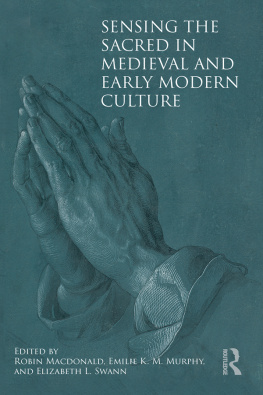
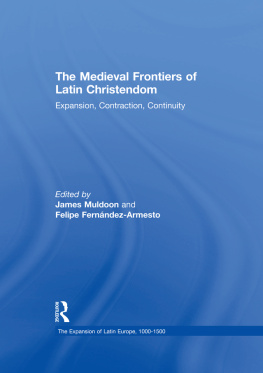

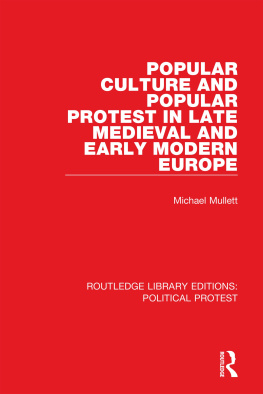
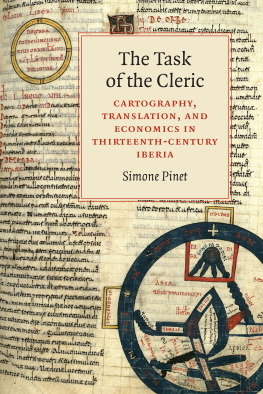
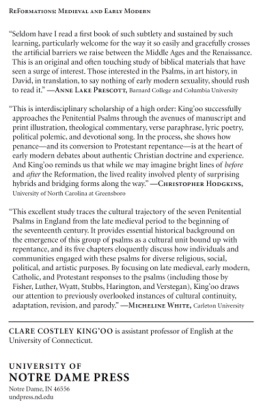


 C ONTENTS
C ONTENTS A CKNOWLEDGMENTS
A CKNOWLEDGMENTS A BBREVIATIONS
A BBREVIATIONS N OTE ON S TYLE , U SAGE, AND T RANSLATIONS
N OTE ON S TYLE , U SAGE, AND T RANSLATIONS